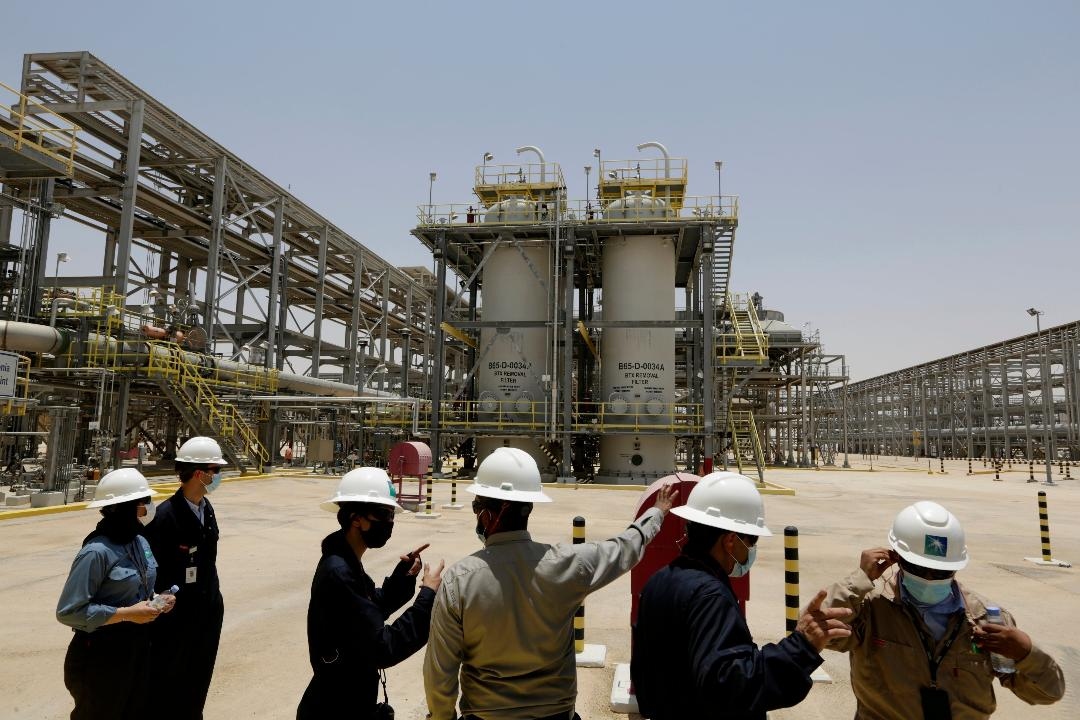A New Geopolitical Architecture for Global LNG
Aramco’s 17 investment agreements with major U.S. companies, exceeding $30 billion, mark a decisive geoeconomic shift in the global LNG landscape. Riyadh is leveraging American industrial and technological capabilities to reinforce its Vision 2030 transition, while Washington strengthens its role as a critical supplier of energy technology and high-value infrastructure.
These deals form more than commercial cooperation—they consolidate a strategic Saudi–U.S. axis in energy, finance and advanced manufacturing, tightening bilateral ties at a moment of intense global market restructuring.
U.S. LNG Exporters: Industry Leaders with Emerging Vulnerabilities
The United States has increased LNG exports by almost one third compared with global competitors, securing dominant market share. Europe has served as a reliable outlet since 2022. Yet this stability is beginning to fade.
Europe’s softening gas demand, driven by renewables expansion, energy-efficiency gains and consecutive mild winters, poses a strategic oversupply risk for American producers. To maintain balance, U.S. exporters may need to intensify their pivot toward Asia and Latin America—regions where consumption continues to grow robustly.
Fleet Modernization: The Rapid Exit of Steam-Powered LNG Carriers
A striking transformation is unfolding in LNG shipping: 14 steam-powered LNG carriers have already been scrapped this year, nearly double the annual record of the past decade.
This signals a structural fleet overhaul, as operators invest in vessels with lower emissions, higher efficiency and advanced propulsion technologies. The shift is reshaping transport costs, environmental compliance pressures and the global routing of LNG cargoes.
Asia–Pacific Becomes the Battleground for Long-Term LNG Supply
With expectations of a regional supply deficit after 2028, Singapore’s GasCo is preparing a major LNG procurement tender for early 2026. Suppliers from the U.S., Qatar and Australia are gearing up for what is expected to be one of the most competitive tenders in recent years.
Asia–Pacific remains the fastest-growing LNG market in the world, making long-term supply security a central strategic priority for both governments and energy companies.
Regulatory Momentum: Commonwealth LNG Secures Key Environmental Approval
Regulators in Louisiana have reissued the coastal zone permit for Commonwealth LNG, following an additional environmental assessment. The decision puts the export project back on track, enhancing the U.S. export portfolio at a time when domestic production remains robust and global price dynamics continue to support new investments.
Bio-LNG Expansion in the UK
In the United Kingdom, Gasrec has launched a new bio-LNG refueling hub near Birmingham, initially serving 300 trucks per day with capacity to scale to 1,000. Bio-LNG is emerging as a crucial tool for decarbonizing freight transport, offering cleaner fuel with no operational compromise.
The Aramco–U.S. agreements, shifting European demand, intensifying Asian competition and rapid fleet modernization are forging a new geo-energy paradigm.
In this evolving landscape, investment flows and strategic alliances are no longer just economic decisions—they have become instruments of geopolitical power on the global energy chessboard.
Source: pagenews.gr
